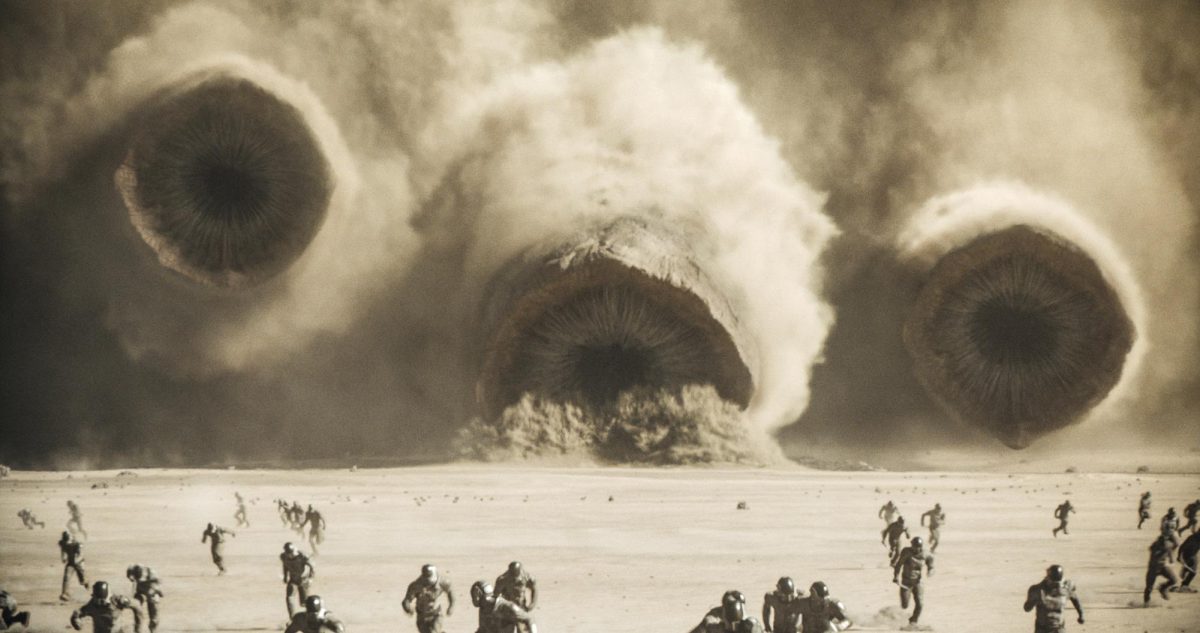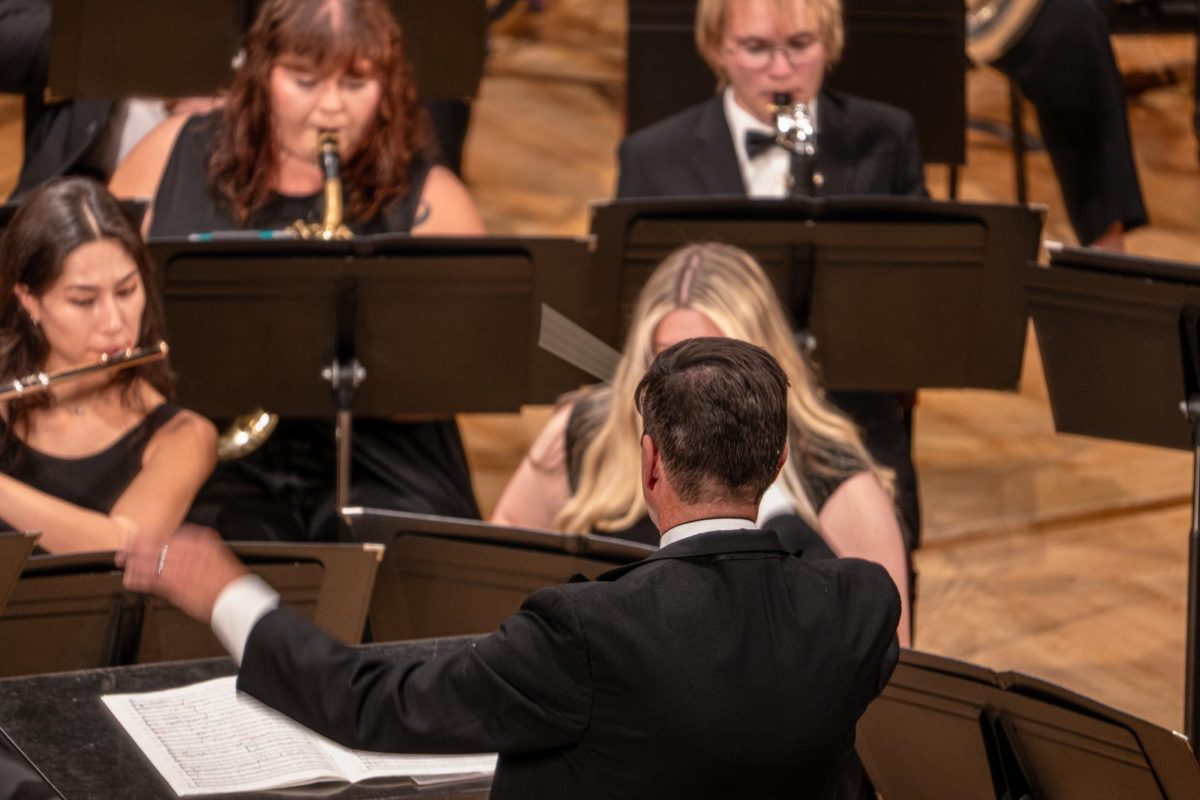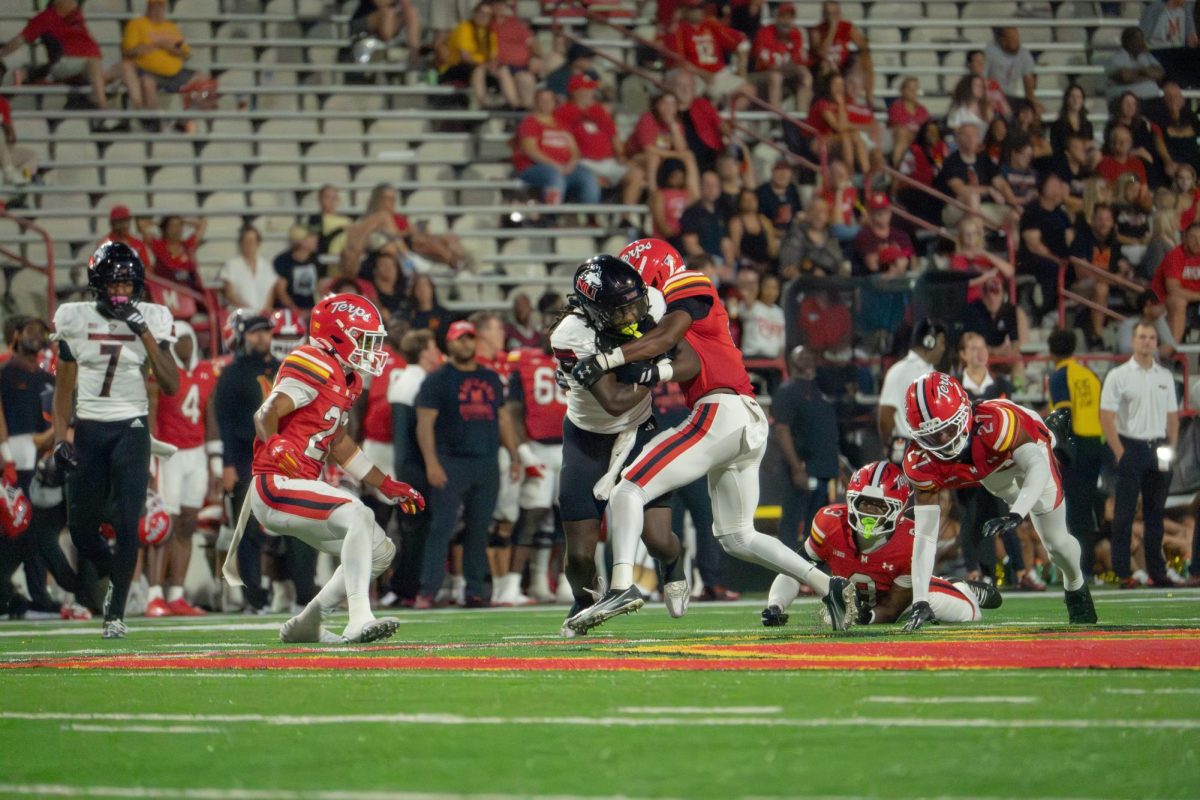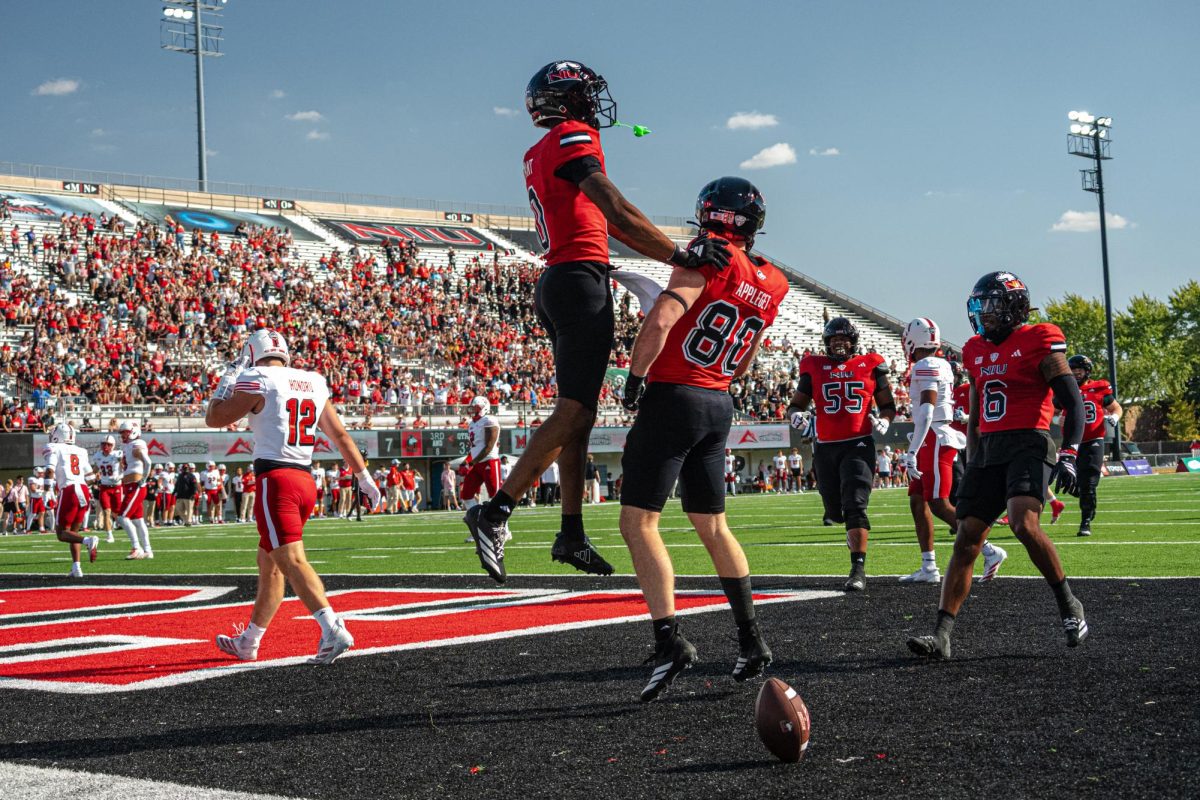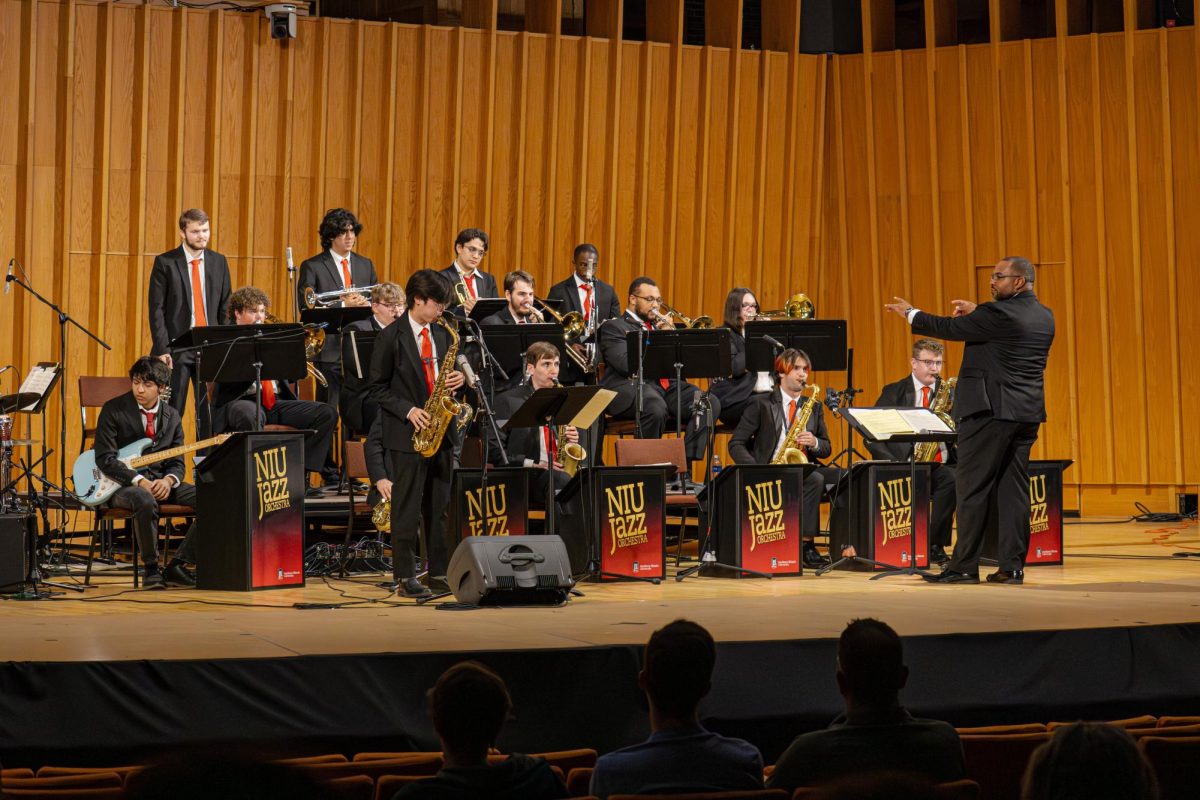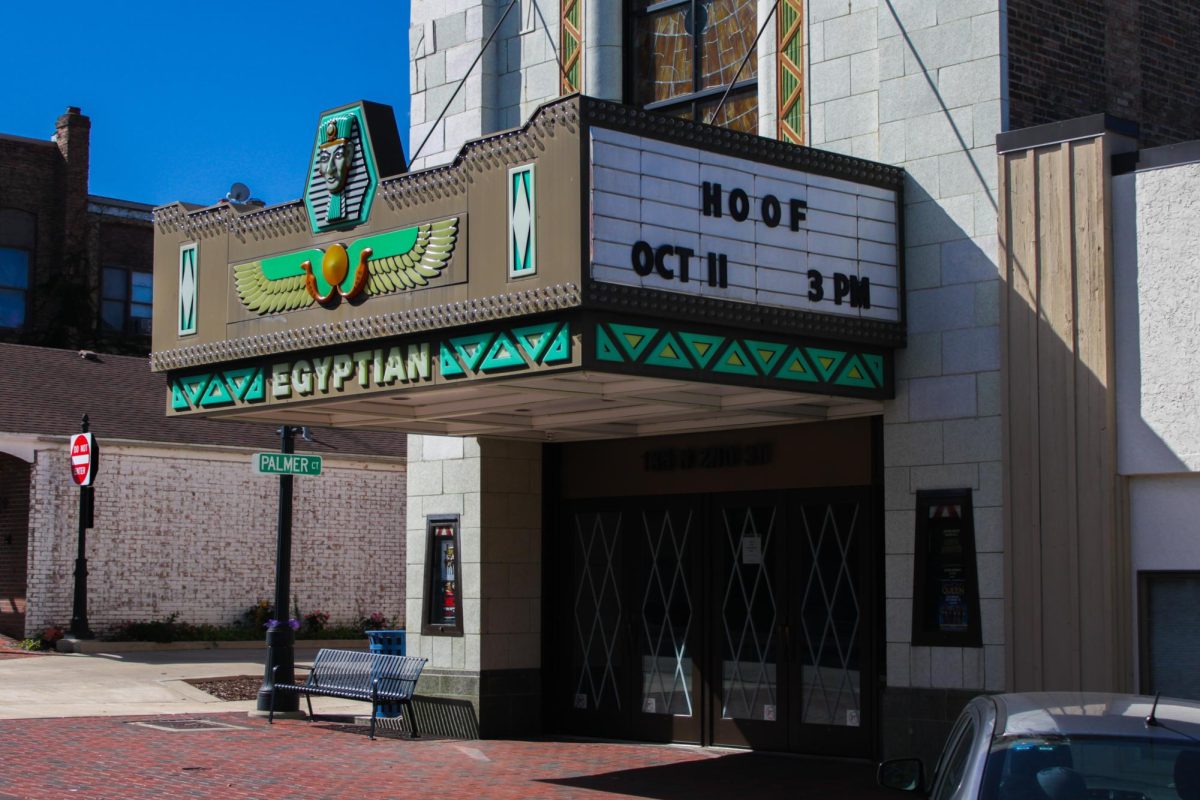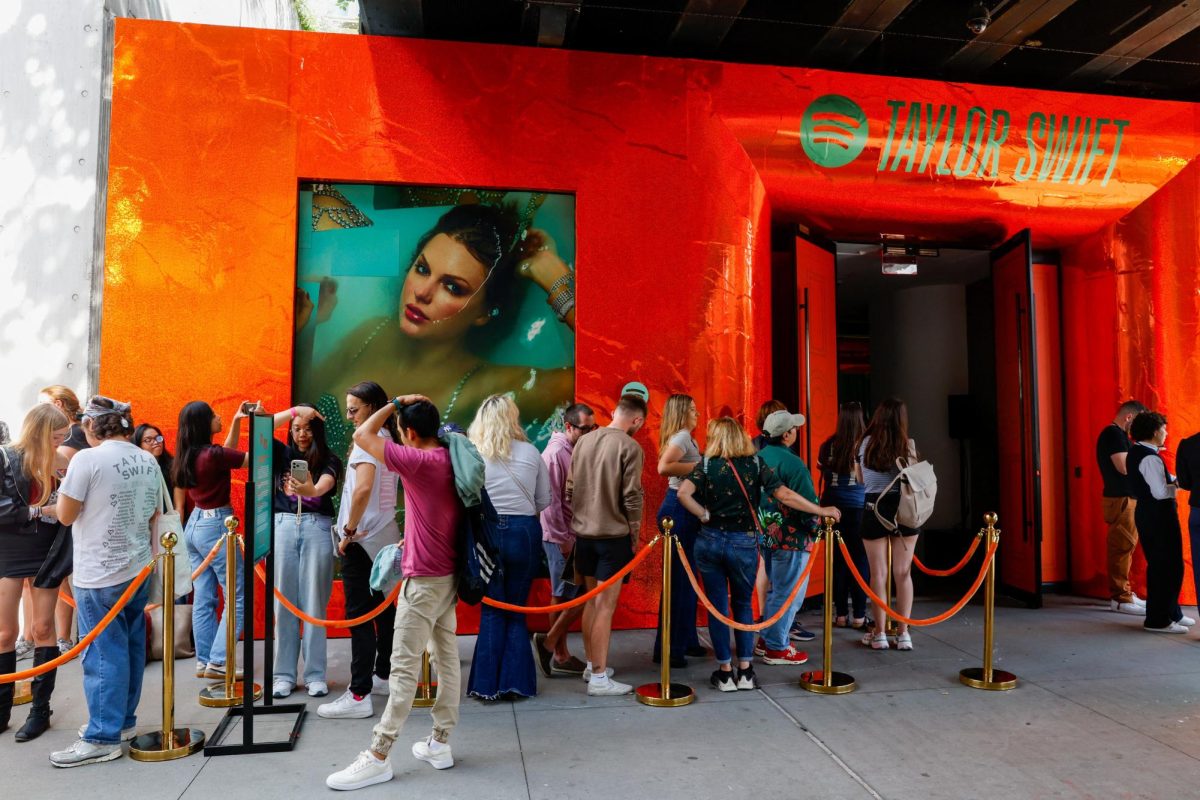If I didn’t have to write this review, I would still be watching “Dune: Part Two.” I don’t mean that I walked out early. If I didn’t have to live my life, I would have watched it again. And again. And again.
I wholeheartedly believe “Dune: Part Two” is the best film ever created. Screw “The Godfather.” Screw “Harakiri.” Screw “Citizen Kane” and “Casablanca” and any other film ever. “Dune: Part Two” clears them all. Easily.
It would be easy to go on about all of the stunning technical elements of the film, but above all of that is the drama of the narrative.
Released Friday, “Dune: Part Two” has love and heartbreak, war and battle, family and loneliness, fate and destiny, and anything else someone looks for in a film.
In “Dune” Paul Atreides (Timothée Chalamet) joined the Fremen, the people indigenous to the planet. In the film, Atreides tries to figure out if he is the person fated to save the Fremen and the world, if he can help the Fremen win the fight against the Harkonnen family and if he can do it while ensuring he doesn’t cause unbearable harm to the Fremen.
While the film focuses visually and narratively on Atreides, it’s clear director Denis Villeneuve wants the focus to be on the Fremen.
This is not to say the film and the director are in conflict. Rather, Villeneuve puts the focus on the person whom society would traditionally deem the hero and uses that focus to cause tension. This tension is between the audience’s intense push for Atreides to win the war and gain power and our understanding that he is gaining power that is not his.
This tension is inherent everywhere in the film.
Outside the narrative, the soundtrack mixes standard Western orchestral music with electric guitars and instruments from Africa and Asia.
The cinematography mixes shots of the imperialist empire – the Harkonnens, the Corrinos and the Bene Gesserit to name a few – and its technological world with shots of the Fremen and their primitive society.
The costumes mix over the top, gaudy grab for some with simple, desert robes for others.
Truly, the film builds a sense of conflict with Atreides’ imperialistic, born-from-Duke birth and his deep learned connection to Fremen culture.
The hallmark of “Dune: Part Two” is not this conflict, nor any particular element of the film or its construction: It’s the scope.
This film is utterly massive.
With a world that rivals “Star Wars” and “Lord of the Rings” – except somehow on a single planet – “Dune: Part Two” is the most intensive, colossal piece of art that I’ve seen on the silver screen.
I’m not exaggerating when I say “Dune: Part Two” is for film what the Sistine Chapel is for painting.
The film made my jaw drop every couple of minutes. First from its visuals. Then from the sound. Then from the narrative. Then from the almost 10-minute long credit roll.
Of those 10 minutes, a solid chunk was dedicated to animators and VFX specialists. There are many animated films with fewer animators, and it shows.
Because of this, another hallmark of the film is its CGI.
If in 10 years Villeneuve came out and said that he found a portal to Arrakis, the planet in the film, and shot the film there and then came back, I would more readily believe that than if he said it was actually CGI.
I’ve seen things without CGI that look less real.
I’ve seen things with my own eyes, in the real world, that aren’t as real.
There is not a doubt in my mind that this world exists.
Villeneuve has been considered a master in the film scene, an auteur, for many years now.
“Dune: Part Two” takes this to a whole new level.
Villeneuve manages to merge every single feature of film – cinematography, costuming, sound, acting, set design, action and everything else – and, with his team, is on par with, if not far better than, the best at each aspect I have ever seen.
Somehow, Villeneuve elevates “Dune: Part Two” beyond simple genre film. Even beyond the best of genre films.
“Dune: Part Two” is the epitome of mastery of a medium. It is the epitome of film.
In October 2023, I wrote that “‘Killers of the Flower Moon’ is the reason cinema exists.”
If that is the case, “Dune: Part Two” is the perfection of the form.
Because of the two-part structure, the quality of “Dune” rested on the shoulders of the last few scenes of “Dune: Part Two.” When positive reviews started flowing out from critics, I was so worried that “Dune: Part Two” was overhyped. I can’t do anything now but scoff at that fear.
“Dune: Part Two” is absorbing and entrancing, soul-ascending and simply perfect.
Paired with “Dune,” the two films are nearly 6 hours in length, and yet the world is both infinite and time flies by.
I can keep talking about “Dune: Part Two” until I can no longer type, until I am unable to think or write or talk, and I do not believe that would be enough.
The masterpiece of our generation, “Dune: Part Two” is the re-emergence of cinema in the 21st century. “Dune” will be our “Star Wars;” our “Lord of the Rings.”
As a storyteller, “Dune: Part Two” makes me want to quit telling stories; as a lover of stories, “Dune: Part Two” makes me fall even deeper in love.


